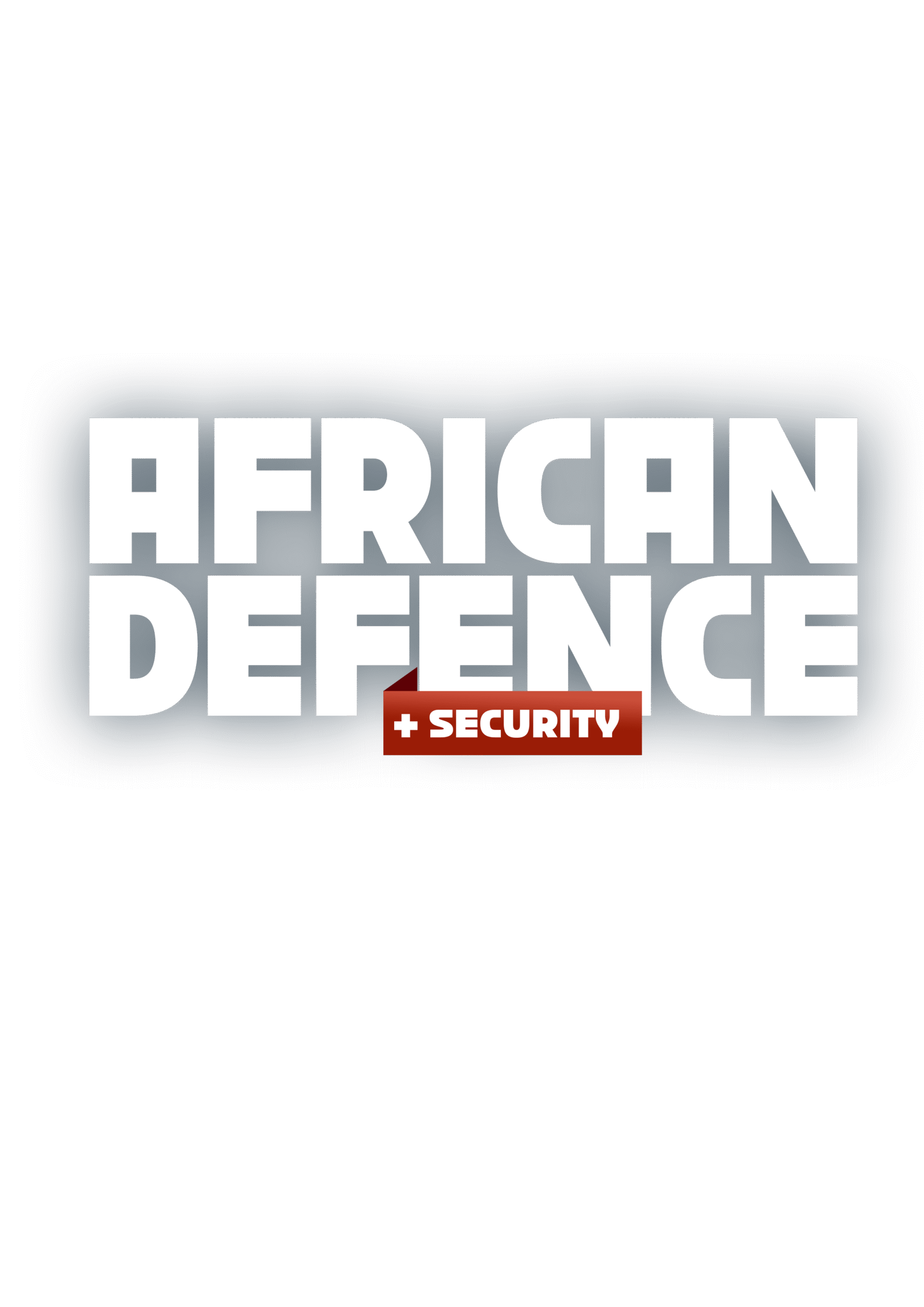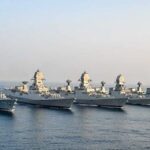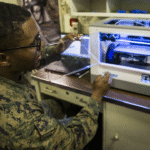
SUBMARINE PROGRAMMES IN AFRICA: PRESTIGE OR NECESSITY?
Africa’s naval power has long rested on surface vessels, yet the rise of submarine programs in a handful of countries is reshaping the debate on maritime security. With vast coastlines, exclusive economic zones (EEZs), and mounting threats at sea, submarines offer stealth and strategic depth unmatched by surface fleets. But in a continent where development priorities and fiscal constraints loom large, the pursuit of such costly assets raises a pressing question: are they vital for security, or symbols of prestige?
Only three African nations Egypt, Algeria, and South Africa currently operate submarines. Their programs reflect both historical legacies and modern ambitions. Egypt began in the 1970s with Chinese-supplied Romeo-class submarines, later upgraded for combat roles during periods of regional conflict. Algeria followed in the 1980s with Soviet Kilo-class boats, while South Africa turned to France in the 1960s, acquiring Daphné-class submarines during its apartheid-era isolation. Libya briefly operated Foxtrot-class submarines, but sanctions and civil war left its fleet to decay. These early acquisitions were as much about alliances with superpowers as they were about defence, setting a precedent that endures in today’s modernization efforts.
Related Article: AI AND AFRICA’S MILITARY INTELLIGENCE: PROMISE AND PERIL IN A TRANSFORMING SECURITY LANDSCAPE
As of 2025, Africa’s submarine presence remains modest but strategically significant. Egypt leads with eight submarines four refurbished Romeos and four modern German Type 209/1400mod-class vessels placing it 14th globally. Algeria operates six advanced Kilo-class variants, some armed with cruise missiles, ranking 17th. South Africa maintains three Heroine-class submarines, derived from the German Type 209/1400 design, ranking 34th. Beyond these, Morocco has invested in anti-submarine warfare capabilities to counter regional rivals, but no other African navy possesses an active fleet. The balance tilts heavily toward North Africa, while sub-Saharan states rely more on patrol craft and surface-based deterrence.
Supporters argue that submarines are indispensable given Africa’s maritime vulnerabilities. The continent’s 26,000 nautical miles of coastline and resource-rich EEZs face piracy, illegal fishing, smuggling, and foreign encroachment. For Egypt, submarines help safeguard the Suez Canal and Red Sea trade routes, critical arteries of global commerce. Algeria uses its fleet to patrol Mediterranean waters where boundaries and energy assets are contested. South Africa deploys its submarines for anti-piracy missions in the Indian Ocean, resource protection, and joint operations with regional and NATO partners. In these contexts, submarines offer surveillance, deterrence, and rapid-response capabilities that surface fleets alone cannot provide.
Yet critics contend that submarines are often more about prestige than necessity. Each vessel can cost hundreds of millions of dollars, with maintenance, training, and infrastructure adding further burdens to already strained national budgets. In economies facing urgent development needs, the justification for such spending is contentious. At the same time, submarines symbolize technological advancement, projecting national pride and military sophistication. For Egypt and Algeria especially, submarines are tools of regional influence, enhancing deterrence as much through perception as through practical use.
Egypt and Algeria’s programs illustrate how necessity and prestige intertwine. Egypt’s interest in expanding its fleet, including potential acquisitions from China, is tied to disputes over Nile waters with Ethiopia and maritime gas tensions with Turkey. Algeria, meanwhile, has showcased the strike capability of its missile-equipped Kilo-class submarines in high-profile tests, signalling strength to Morocco amid their rivalry over Western Sahara. While these efforts address genuine security challenges, they also suggest elements of a regional arms race.
South Africa presents a different story. Its Heroine-class submarines, acquired after apartheid to replace aging assets, have been framed more as practical tools than status symbols. They contribute to anti-piracy patrols, resource security, and training exercises with partners like India. However, fiscal pressures and maintenance challenges have reduced availability, raising doubts about sustainability. Unlike in North Africa, prestige plays a smaller role here, though South Africa’s position as the only sub-Saharan operator still carries symbolic weight.
Ultimately, African submarine programs reveal a blend of security imperatives and prestige politics. Submarines do help secure vital trade routes, resources, and maritime boundaries. But they also project power in ways that extend beyond immediate necessity, serving as symbols of ambition and influence in a multipolar world. For African states, the real challenge lies in balancing these ambitions against pressing domestic priorities. Whether these fleets evolve into indispensable security tools or remain costly symbols of status will shape the future of Africa’s naval strategy.
King Richard Igimoh, Group Editor ALO
King Richard Igimoh, Group Editor African Leadership Organisation is an award-winning journalist, editor, and publisher with over two decades of expertise in political, defence, and international affairs reporting. As Group Editor of the African Leadership Organisation—publishers of African Leadership Magazine, African Defence & Security Magazine, and Africa Projects Magazine—he delivers incisive coverage that amplifies Africa’s voice in global security, policy, and leadership discourse. He provides frontline editorial coverage of high-profile international events, including the ALM Persons of the Year, the African Summit, and the African Business and Leadership Awards (ABLA) in London, as well as the International Forum for African and Caribbean Leadership (IFAL) in New York City during the United Nations General Assembly.
Recent Posts
Categories
- Air & Aerospace14
- Border Security13
- Civil Security1
- Civil Wars1
- Crisis1
- Cyber Security3
- Defense10
- Diplomacy17
- Entrepreneurship1
- Events4
- Global Security Watch5
- Industry5
- Land & Army7
- Leadership & Training3
- Military Aviation1
- Military History26
- Military Speeches1
- Naval & Maritime6
- Security12
- Special Forces1
- Systems And Technology7
- Tech5
- Uncategorized1
- Veterans5
- Women in Defence9
Related Articles
AFRICA’S GROWING NAVAL AMBITIONS: WHO LEADS THE PACK?
Africa’s coastlines support millions of families on the continent. From a thriving...
ByKing Richard Igimoh, Group Editor ALOSeptember 15, 2025PIRACY IN THE GULF OF GUINEA: PROGRESS OR SETBACK?
Piracy in the Gulf of Guinea, spanning from Senegal to Angola, emerged...
ByKing Richard Igimoh, Group Editor ALOSeptember 5, 2025Fisheries Protection and Naval Enforcement: The Overlooked Mission
Throughout the colonial and post-independence eras, African coastal states largely prioritized naval...
ByKing Richard Igimoh, Group Editor ALOAugust 14, 2025Naval Logistics and Resupply: Gaps in Africa’s Blue-Water Aspirations
At independence, most African navies inherited limited coastal patrol assets from colonial...
ByKing Richard Igimoh, Group Editor ALOAugust 14, 2025













Leave a comment